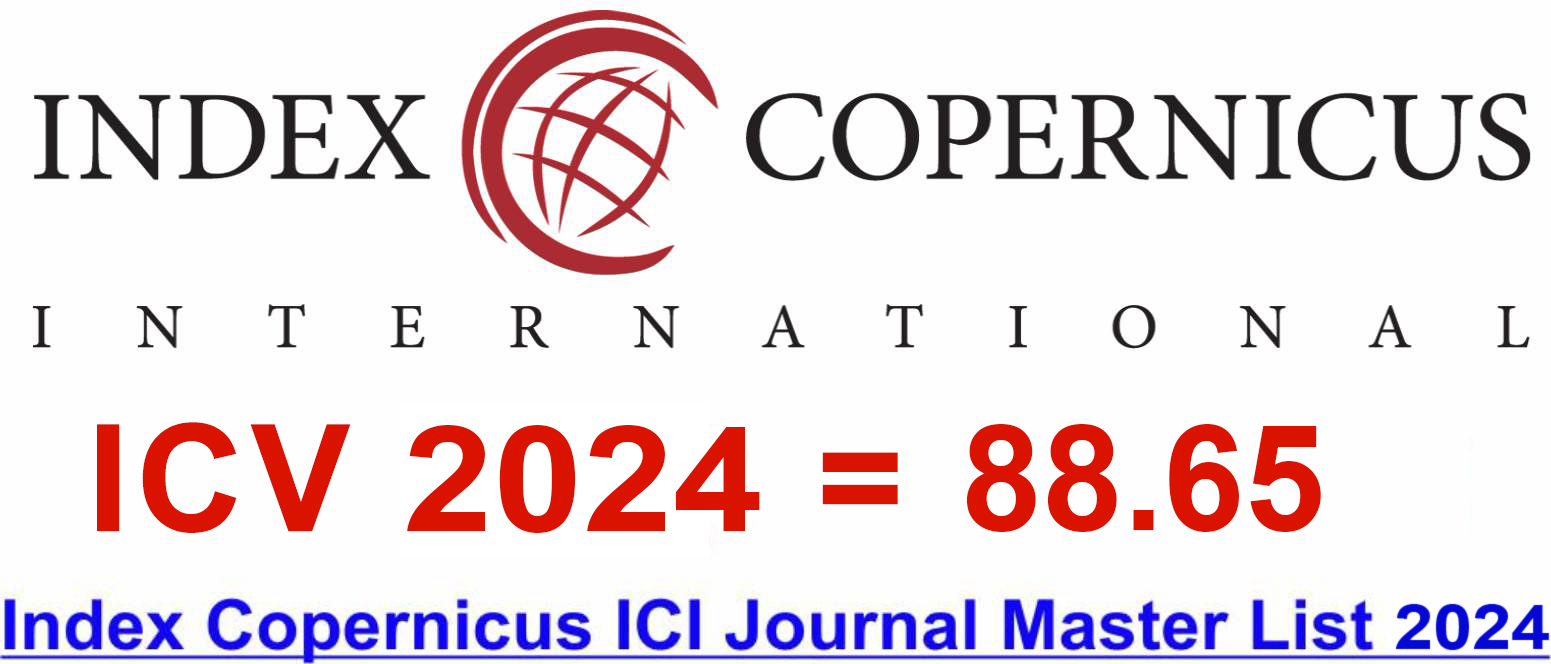Abstract
Abstract
Sustainable entrepreneurship – businesses whose primary goal is to generate a profit – and indeed measurable social or environmental impact – are emerging as vital change agents in the world in which the growing challenges of climate change, poverty, and inequality are escalating. However, capital for scaling such businesses has to be more than just profit aligned; it must also be purpose aligned. That is the transformative place social impact investing fills. This literature review paper examines critically the role of social impact investing in scaling sustainable ventures, particularly focusing on mechanisms, challenges, and enablers identified across global and regional studies. Drawing upon a comprehensive body of academic literature, policy reports, and practitioner insights, the paper explores how impact investors, from philanthropic foundations to venture capital firms and development finance institutions, support sustainable enterprises through capital infusion, strategic mentorship, ecosystem building, and performance measurement. The importance of blended financing, outcome-based funding models, and catalytic capital would be emphasised as they enable early-stage ventures to grow, innovate, and scale. The review further highlights ongoing challenges such as bearing the burden of quantifying impacts, balancing risk-return expectations, and lack of investable, impact-ready, and tangible ventures in developing regions. The examination of various frameworks such as the Impact Management Project (IMP), Theory of Change, and SDG-aligned investment lenses addresses how standardised metrics and reporting pave ways to bridging the trust gap between investors and entrepreneurs.
Most of the existing literature declares the promise of impact investing; however, the paper also critiques the limited scalability witnessed in practice owing to the fragmentation of ecosystems and inconsistent regulatory support. The conclusion of the review makes recommendations for strengthening the impact landscape for impact investors. Such themes include public-private collaboration, tax incentives, outcome funds, and capacity-building for investors and entrepreneurs. It collates existing knowledge and a future roadmap for social impact investing to scale sustainable enterprises that are inclusive in development.
References
- Agrawal A. Impact investing: Framework and future research avenues. Social Business. 2018 Nov 30;8(3):293-317. https://doi.org/10.1362/204440818X15434305418623
- Agrawal A, Hockerts K. Impact investing strategy: Managing conflicts between impact investor and investee social enterprise. Sustainability. 2019 Jul 30;11(15):4117. https://doi.org/10.3390/su11154117
- Agrawal A, Jespersen K. How do impact investors evaluate an investee social enterprise? A framework of impact investing process. Journal of Entrepreneurship in Emerging Economies. 2024 Jun 13;16(4):999-1022. https://doi.org/10.1108/JEEE-04-2022-0129
- Aschari-Lincoln J, Jacobs CD. Enabling effective social impact: Towards a model for impact scaling agreements. Sustainability. 2018 Dec 7;10(12):4669. https://doi.org/10.3390/su10124669
- Assenova V, Bacq S. Scaling for Good: Do Social Impact Accelerators Propel Social Venture Growth and Development?. Available at SSRN 4502946. 2024 Feb 27. https://dx.doi.org/10.2139/ssrn.4502946
- Block JH, Hirschmann M, Fisch C. Which criteria matter when impact investors screen social enterprises?. Journal of Corporate Finance. 2021 Feb 1;66:101813. https://doi.org/10.1016/j.jcorpfin.2020.101813
- Bloom PN, Chatterji AK. Scaling social entrepreneurial impact. California management review. 2009 Apr;51(3):114-33. https://doi.org/10.2307/41166496
- Bocken NM. Sustainable venture capital–catalyst for sustainable start-up success?. Journal of cleaner production. 2015 Dec 1;108:647-58. https://doi.org/10.1016/j.jclepro.2015.05.079
- Bretos I, Diaz-Foncea M, Marcuello C. International expansion of social enterprises as a catalyst for scaling up social impact across borders. Sustainability. 2020 Apr 17;12(8):3262. https://doi.org/10.3390/su12083262
- Casasnovas G, Bruno AV. Scaling social ventures: An exploratory study of social incubators and accelerators. Journal of Management for Global Sustainability. 2013;1(2):12. https://doi.org/10.13185/2244-6893.1030
- Clarkin JE, L. Cangioni C. Impact investing: A primer and review of the literature. Entrepreneurship Research Journal. 2016 Apr 1;6(2):135-73. https://doi.org/10.1515/erj-2014-0011
- Constantino B, Kestenbaum F, Carvalho P. Venture capital reimagined: financing sustainability and resilience. InThe Elgar Companion to Energy and Sustainability 2024 Nov 19 (pp. 73-89). Edward Elgar Publishing. https://doi.org/10.4337/9781035307494.00011
- Dahl FK. Impact Investing: Analysing the Potential Trade-Off Between Social Impact and Financial Returns: Evidence from Private Equity and Venture Capital Funds (Master's thesis, Universidade Catolica Portuguesa (Portugal)). Retrieved from: https://www.proquest.com/openview/7c1321fd6cb1e22c0a53f930280f8383/1?pq-origsite=gscholar&cbl=2026366&diss=y
- Desa G, Koch JL. Scaling social impact: Building sustainable social ventures at the base-of-the-pyramid. Journal of Social Entrepreneurship. 2014 May 4;5(2):146-74. https://doi.org/10.1080/19420676.2013.871325
- Ebrahim A, Rangan VK. What impact? A framework for measuring the scale and scope of social performance. California management review. 2014 May;56(3):118-41. https://doi.org/10.1525/cmr.2014.56.3.118
- Eckerle C. Impact Investment for Startups: Conceptualization and Design Support for Impact Assessment. https://doi.org/10.5445/IR/1000179591
- El Ebrashi R, El-Batawy L. Dependence and resourcefulness: a typology of social impact scaling strategies. Journal of Social Entrepreneurship. 2024 May 3;15(2):336-76. https://doi.org/10.1080/19420676.2021.1968937
- Fernandes ED, Grochau IH, Ten Caten CS. Impact Investing: Determinants of External Financing of Social Enterprises in Brazil. Sustainability. 2023 Aug 3;15(15):11935. https://doi.org/10.3390/su151511935
- Glänzel G, Scheuerle T. Social impact investing in Germany: Current impediments from investors’ and social entrepreneurs’ perspectives. VOLUNTAS: International Journal of Voluntary and Nonprofit Organizations. 2016 Aug;27:1638-68. https://doi.org/10.1007/s11266-015-9621-z
- Gutterman AS. Sustainable finance and impact investing. Business Expert Press; 2021 Feb 9.
- Gutterman AS. Launching and Managing an Impact Investment Venture Capital Fund: A Guide for Fund Managers and Sustainable Entrepreneurs. https://doi.org/10.2139/ssrn.4944235
- Han J, Shah S. The ecosystem of scaling social impact: A new theoretical framework and two case studies. Journal of Social Entrepreneurship. 2020 May 3;11(2):215-39. https://doi.org/10.1080/19420676.2019.1624273
- Holtslag M, Chevrollier N, Nijhof A. Impact investing and sustainable market transformations: The role of venture capital funds. Business Ethics, the Environment & Responsibility. 2021 Oct;30(4):522-37. https://doi.org/10.1111/beer.12371
- Islam SM. Social impact scaling strategies in social enterprises: A systematic review and research agenda. Australian Journal of Management. 2022 May;47(2):298-321. https://doi.org/10.1177/03128962211014931
- Jäger U, Symmes F, Cardoza G. Scaling Strategies for Social Entrepreneurs. Springer International Publishing; 2020. https://doi.org/10.1007/978-3-030-31160-5
- Jia X, Desa G. Social entrepreneurship and impact investment in rural–urban transformation: An orientation to systemic social innovation and symposium findings. InSocial innovation and sustainability transition 2022 Nov 10 (pp. 283-305). Cham: Springer Nature Switzerland. https://doi.org/10.1007/978-3-031-18560-1_20
- La Torre M, Trotta A, Chiappini H, Rizzello A. Business models for sustainable finance: The case study of social impact bonds. Sustainability. 2019 Mar 29;11(7):1887. https://doi.org/10.3390/su11071887
- Raghavendra, Naik K, Prabhu V. Investment Intentions Among Early-Career Professionals in Dakshina Kannada District in India: A Behavioral Perspective. International Journal of Advances in Business and Management Research [Internet]. 2025 Jun. 12 [cited 2025 Jul. 10];2(4):19-2. https://doi.org/10.62674/ijabmr.2025.v2i04.003
- Lall SA, Park J. How social ventures grow: Understanding the role of philanthropic grants in scaling social entrepreneurship. Business & Society. 2022 Jan;61(1):3-44. https://doi.org/10.1177/0007650320973434
- Logue D, McAllister G, Schweitzer J. Social entrepreneurship and impact investing report. University of Technology Sydney; 2017 Jul 19. Retrieved from: http://hdl.handle.net/10453/115083
- Moellmann J. Measuring what Matters: Impact Measurement in New Sustainable Ventures (Doctoral dissertation, Universität München).
- O'Flynn P, Barnett C. Evaluation and impact investing: A review of methodologies to assess social impact. Retrieved from: https://opendocs.ids.ac.uk/articles/report/Evaluation_and_Impact_Investing_A_Review_of_Methodologies_to_Assess_Social_Impact/26479189
- Ogunfowora OA. Social impact measurement and impact investing for social enterprises. The University of Manchester (United Kingdom); 2019. Retrieved from: https://www.proquest.com/openview/9f5f3557731c65875a40242d5000b654/1?pq-origsite=gscholar&cbl=51922&diss=y
- Phillips SD, Johnson B. Inching to impact: The demand side of social impact investing. Journal of Business Ethics. 2021 Jan;168(3):615-29. https://doi.org/10.1007/s10551-019-04241-5
- Putrevu J, Mertzanis C, Kampouris I. Sustainable investment conditions, venture capital, and new business creation. International Entrepreneurship and Management Journal. 2025 Dec;21(1):1-37. https://doi.org/10.1007/s11365-025-01094-5
- Tewari S, Singh H, Wadhwa S, Tandon D. Scaling impact investment for sustainable development goals: An empirical analysis. Australasian Accounting, Business and Finance Journal. 2021 Oct 15;15(5). https://doi.org/10.14453/aabfj.v15i5.2
- Vecchi V, Casalini F, Caselli S. Impact investing as a societal refocus of venture capital: The perspective of mature economies. InPrinciples and Practice of Impact Investing 2017 Sep 8 (pp. 62-80). Routledge. https://doi.org/10.4324/9781351284769-4
- Vecchi V, Casalini F, Balbo L, Caselli S. Impact Investing: a new asset class or a societal refocus of Venture Capital?. InPublic Private Partnerships for Infrastructure and Business Development: Principles, Practices, and Perspectives 2015 Sep 10 (pp. 275-293). New York: Palgrave Macmillan US. https://doi.org/10.1057/9781137541482_15
- Viglialoro D, Botelho T, Ughetto E, Laspia A, Landoni P. Social impact business angels as new impact investors. British Journal of Management. 2025 Apr;36(2):707-25. https://doi.org/10.1111/1467-8551.12864
- Watts N, Scales IR. Social impact investing, agriculture, and the financialisation of development: Insights from sub-Saharan Africa. World Development. 2020 Jun 1;130:104918. https://doi.org/10.1016/j.worlddev.2020.104918
- Shuchen Z. Government Expenditure on Economic Growth: Empirical Evidence from Ghana. International Journal of Advances in Business and Management Research [Internet]. 2024 Jun. 12 [cited 2025 Jul. 10];1(4):27-41. https://doi.org/10.62674/ijabmr.2024.v1i04.004















